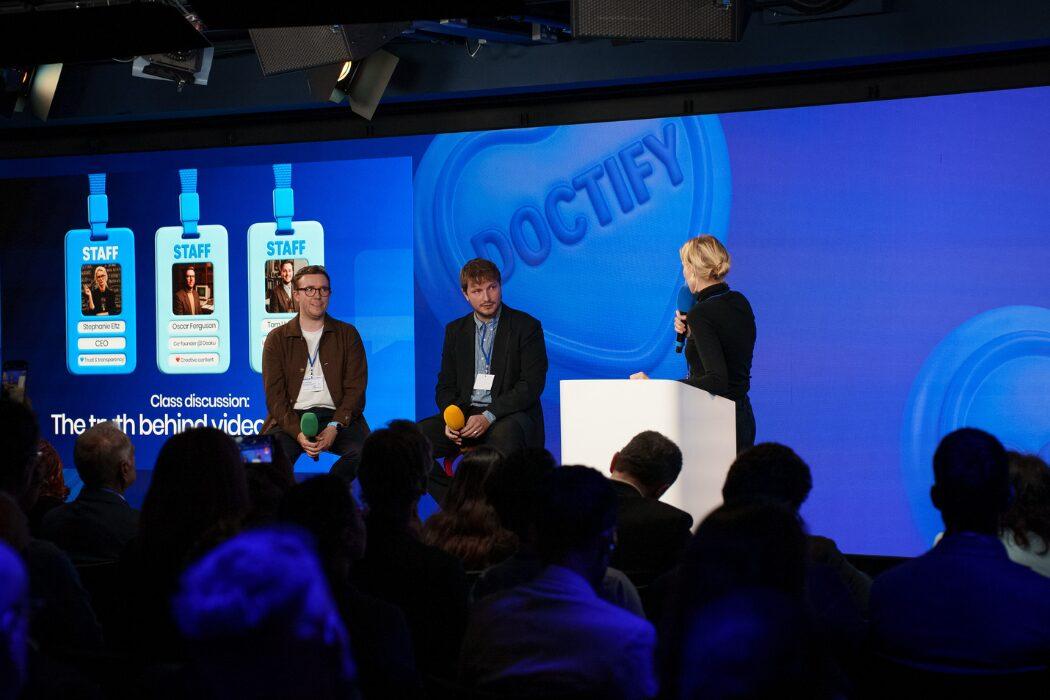Continuing ongoing communication with your audience on Twitter can have long-term benefits for you as a professional and for your healthcare organisation, as well as a tangible impact on your patients. This positive impact can occur when the platform is used correctly to develop relationships and spread worthwhile information to your audience of colleagues, experts, patients and industry leaders.
What is Twitter?
Twitter is a digital platform that shares insight into what is happening around the world and what people are talking about right now. It is a global online newspaper without an editor, where individuals and businesses publicly discuss trending topics. It provides public content that reaches everyone globally, allowing you to follow content shared by people all over the world, and allowing them to follow your content in return. The way you can take part is by posting tweets (280 character updates), and liking, commenting, or retweeting other people’s posts. You can include pictures, videos or links in your tweets. Lastly, hashtags (#) are used to connect tweets that talk about the same thing in one place.
How does it work?
Twitter can be quite complex to understand if you’re new to the platform. Twitter uses an algorithm which helps users see tweets from accounts they actually care about. A lot of people tend to get frustrated about the algorithm. However, if you play the game right, it will work in your favour.
The content that you are sharing on Twitter should be both original, as well as the curated content from others. Share your own quick tips, links to your blog posts, news about your industry and more original content that you’ve created based on your expertise.
The other content that you should share on Twitter should be the relevant content from others in your industry, friends, partners and followers. Don’t tweet for the sake of tweeting, only share content on Twitter that is going to bring value to your audience.
How does the news feed algorithm work?
Twitter’s algorithm filters out content on your newsfeed to try to more useful and valuable to you. There are three main kinds of way that Twitter filters content on your personalised news feed:
- Top Ranked tweets
This section is where Twitter displays the tweets its algorithm has determined you are most likely to care about. Basically, the tweets that received the high relevance scores (based on Twitter’s model we mentioned earlier), ordered by time. - In Case You Missed It
One of the newer additions to the Twitter algorithm is the In case you missed it (ICYMI) feature. ICYMI allows you to see tweets from accounts you frequently engage with, when you first open the app. But it won’t always show up. It depends on the number of highly relevant tweets Twitter finds since the last time you opened the app.The difference between ICYMI and the top scored tweets might be hard to recognise. ICYMI is meant to contain only a small handful of the most relevant tweets ordered by their relevance score. On the other hand, the ranked timeline contains relevant tweets ordered by time. Since people can go hours without checking Twitter, ICYMI gives you the ability to see anything Twitter thinks is important that you may have missed since the last time you checked your timeline.This is crucial for brands. Since you’re competing with hundreds, if not thousands of other accounts for your audience’s attention, the ability to have your tweets highlighted right when they open the app can give your organic engagement a nice boost. You don’t have to worry about whether or not one of your followers scrolled down far enough in their timeline to see you your Tweet. - Reverse Chronological Order
This is where your “regular” Twitter feed starts. After Twitter has surfaced the most relevant tweets, the rest show up in reverse chronological order. This means that you’ll see the newest tweets from the people you follow first.
What’s in it for specialists?
Twitter is extremely helpful to doctors and specialists. Some examples of benefits are to stay updated with industry news and to be able to weigh in on public debates around important topics in your field. It is also extremely useful to be able to reach a broader audience and elevate your practice.
Best practices on Twitter
When you are managing a Twitter account, there are some best practices to ensure that you are getting the most out of having a Twitter profile. We have compiled a list of some of the most important things to do when you are managing an account:
- Have a professional picture and username
- Share pieces of relevant content to show that you are a forward-thinking doctor
- Use relevant and popular hashtags to promote what you are posting
- Take a stand in the public debate and follow-up on dialogues within the community
- Health news, new trends, or upcoming conferences happening in your community? Talk about it!
- Instead of trying to get as many Twitter followers you can as quickly as possible, focus on building and investing in an actual community!
- For example, if your practice is in Camden, London, 200 followers from Camden can give more engagement than 20.000 followers globally.
Get Started
To get started with Twitter, simply create an account for yourself. If you manage a practice, create an account for your practice. It is important to follow relevant people and make lists to organise the crowd. When you are creating tweets, make sure to find suitable hashtags for your discipline, and start tweeting and participating!
Twitter can start to become time consuming. If you’re looking for time spend on Twitter, try to use commuting time in the morning to stay updated. This means retweeting content, and engaging with other users’ posts. If that’s not possible, set aside 30 minutes on a Sunday evening to plan a couple of tweets for the upcoming week. There are plenty of tools out there to help you stay organised, such as the free tool Buffer, which helps you schedule your posts ahead of time.
And while you’re at it, why not give us a follow on Twitter at @doctifyuk.
Want to know more advice about using social media as a specialist? Here’s our guide for using social media platforms as medical professionals.




